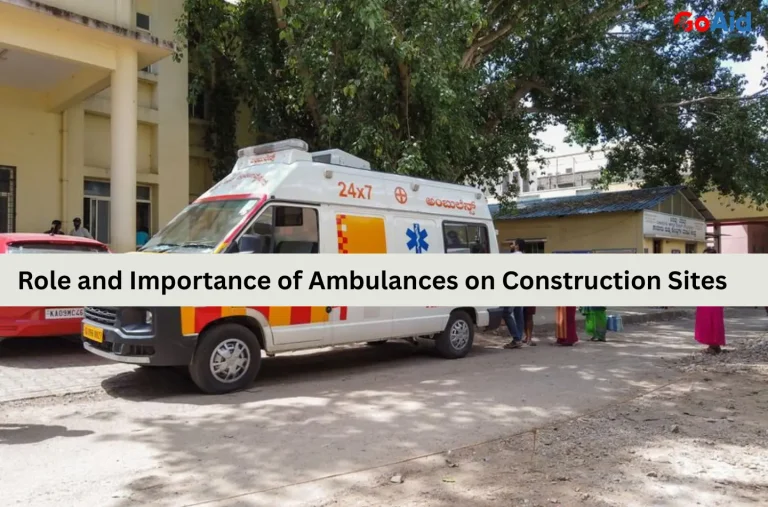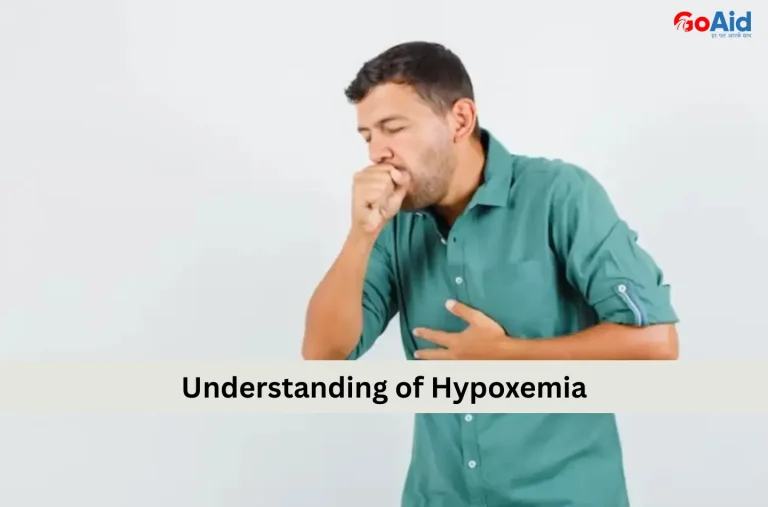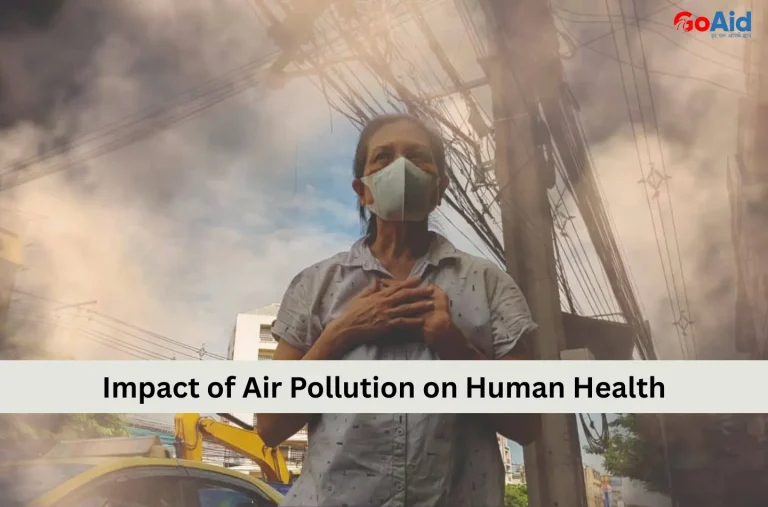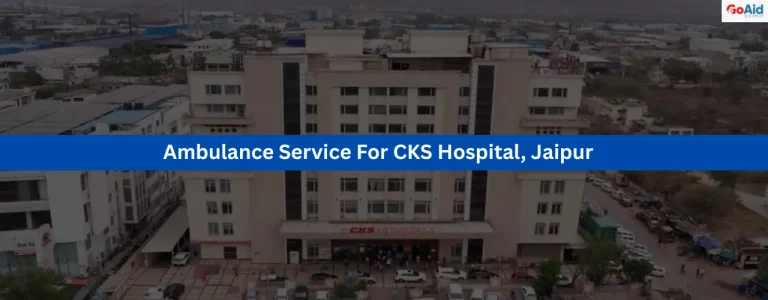Piles, Fissure and Fistula are three diseases which occur in the anal area. The symptoms of these three diseases are also quite mixed. This is why people often get confused about which of these three diseases they have. Generally, if you want to know about the difference between Fissure and Piles, you can’t skip the knowing of Fistula here, as the treatment methods for these three diseases are completely different.
After reading this article, you will easily know which of these three diseases you have so that you can get your treatment properly. However, we always suggest our readers trust the specialist or consultant for sure but in this article, you will know the difference between Piles Fissure and Fistula.
About Piles, Fissure & Fistula
Now you are going to know the introduction of Piles Fissure and Fistula in detail. After this, the difference between Fissure and Piles and the difference between Piles and Fistula will also become clear to you.
What is Piles?
Piles are the swelling of the veins in a patient’s anus. In Piles, these veins start appearing in the form of warts or Piles. They usually remain inside the passage of defecation, but with time, as this disease increases, these warts start appearing outside as well.
What is a Fissure?
In anal Fissure, the passage of the anus is covered with a thin layer. This layer is very thin. An anal Fissure has been cut in this thin layer. It is very painful when passing the stool.
What is Fistula?
The anal Fistula is called Bhagandar in Hindi. In this type of problem, another passage is formed in the passage of defecation, or an abnormal passage is formed. That passage is called a Fistula. In this type of problem, one mouth of the Fistula opens in the excretory tract and the other mouth opens outside.
Symptoms of Piles, Fissure and Fistula
Till now you have got a brief introduction of these three diseases. Now you will know the symptoms of Piles, Fissure and Fistula :-
Symptoms of Piles
The following symptoms are seen when Piles occur :-
- Hard lumps near anus
In Piles, patients start feeling a hard lump near the anus. Apart from that, if the patient touches the entrance of his anus, he starts feeling mass.
- Blood in the stool
Even after defecation, if there is a feeling that the stomach is not clean, and apart from this, blood leakage is seen in the stool after defecation. However, no kind of pain is felt during this bleeding.
- Burning sensation and itching
Apart from this, while defecating, the person may feel a burning sensation at the anus or itching around the anus. During defecation, a sticky substance may come in the stool which is called mucus. In this, the person has the desire to defecate again and again.
What happens if not treated at time?
If Piles are not treated at the right time, then serious symptoms can also be seen. Due to bleeding from the anus while defecating, there may be a lack of blood in the body of the person. The masses formed due to gravity can get infected and sometimes the problem of Piles increases so much that the patient can also get a Fistula or Bhagandar due to it. Sometimes it may also happen that the patient loses control over the stool and the stool starts coming out from the anus.
Symptoms of Fissure
The following symptoms are seen when Piles occur :-
- Unbearable pain
The biggest symptom of anal Fissure is that the person feels unbearable pain while defecating. This pain is so severe that sometimes the person even avoids defecating. This pain lasts for many hours even after the stool is passed. Due to this painful symptom, it becomes very easy to identify anal Fissure because there is not so much pain in Piles, hemorrhoids, and Fistula.
- Blood in stool
In other symptoms of Fistula, when a person defecates, he can see fresh blood in the stool.
- Small lumps burning and itching
Apart from this, a person can also feel a small lump in the anus. The person having a Fissure can also have burning or itching around the anus.
What happens if not treated at time?
If anal Fissure is not treated on time, then it’s serious consequences can be seen. Such as this feature starts happening again and again. Its wound does not heal. Apart from this, it also reaches the muscles around the anus and starts harming them too.
If you have come to know about the symptoms of both Piles and Fistula, then now this question in your mind must have become clear: Piles or Fissure which is more dangerous?
Symptoms of Fistula
Some symptoms of Fistula are similar to Fissure. The following symptoms are seen when Piles occur :-
- Burning sensation and itching
If a person has a Fistula, he feels a burning sensation around the anus. Apart from this, he also feels itching around the anus.
- Smell
He feels pain while defecating and a foul smell starts coming from the anus.
- Fever and bleeding
The patient may also get a fever and bleeding may occur while defecating.
You have read the difference between Fissure and Piles in the above article and you must have also known the difference between Piles and Fistula. Now let’s know about the reason for their occurrence.
Types of Piles, Fissure and Fistula
These are key types of all Piles, Fissure and Fistula:
Types of Piles
These are the key types of Piles:
- Internal Piles ŌĆō This is located inside the rectum, usually painless but may bleed.
- External Piles ŌĆō This types of Piles form around the anus, can be painful and may cause swelling.
- Prolapsed Piles ŌĆō These are the internal piles that protrude outside the anus, may need manual repositioning.
- Thrombosed Piles ŌĆō This types of Piles generally occurs by blood clot formation in external piles, causing severe pain and swelling.
- Grade 1 to 4 Piles ŌĆō All of these are the classified based on severity, from mild (Grade 1) to permanently prolapsed (Grade 4).
Types of Fissures
These are the key types of Fisture:
- Acute Fissure ŌĆō This type of Fissure is short-term tear in the anal lining, usually heals within a few weeks.
- Chronic Fissure ŌĆō This type of Fissure is long-standing tear, often with fibrotic edges or a sentinel pile (skin tag).
- Primary Fissure ŌĆō This type of Fissure occurs due to constipation, diarrhea, or strain during bowel movements.
- Secondary Fissure ŌĆō This type of Fissure caused by underlying conditions like CrohnŌĆÖs disease, infections, or trauma.
- Anterior/Posterior Fissure ŌĆō This type of Fissure are based on location, anterior (front) or posterior (back) of the anus.
Types of Fistula
These are the key types of Fistula:
- Intersphincteric Fistula ŌĆō These types of Fistula is the most common type, running between the internal and external sphincters.
- Transsphincteric Fistula ŌĆō These types of Fistula are passes through both sphincter muscles, can form abscesses.
- Suprasphincteric Fistula ŌĆō These types of Fistula are extends above the sphincter muscles before opening externally.
- Extrasphincteric Fistula ŌĆō These types of Fistula are bypasses the anal sphincters, usually caused by deeper infections or conditions like CrohnŌĆÖs disease.
- Complex Fistula ŌĆō These types of Fistula are involves multiple tracts, often recurring and requiring advanced treatment.
Piles vs Fissure vs Fistula
Here a table of Piles vs Fissure vs Fistula has been given, through which you can easily understand the difference between Piles Fissure and Fistula.
| Features | Piles | Fissure | Fistula |
| Definition | Swollen veins in the rectum or anus | A small tear or crack in the anal lining | An abnormal tunnel between the anal canal and skin |
| Cause | Chronic constipation, straining, pregnancy | Passing hard stools, trauma, poor diet | Infections, abscesses, CrohnŌĆÖs disease |
| Symptoms | Painless bleeding, swelling, itching | Sharp pain during bowel movements, blood in stool | Persistent pus/blood discharge, pain, swelling |
| Pain Level | Mild to moderate discomfort | Severe pain, especially while passing stool | Painful lump with possible fever |
| Treatment | Lifestyle changes, medications, surgery (if severe) | High-fiber diet, stool softeners, topical creams | Surgery (fistulotomy), antibiotics |
Causes of Piles, Fissure and Fistula
In the above article, you have learned about the features of Piles, Fissure and Fistula. Now you can identify the disease by recognizing their symptoms, but apart from this, it is also very important to know what causes these diseases.
Causes of Piles
These are the key causes of Piles
- A person suffering from diarrhea for a long time
- Lifting too much weight
- During pregnancy
- Eating too much spicy food
- Keeping the amount of fiber in the food low
- Smoking or consuming alcohol
- Not exercising
Causes of Fissure
These are the key causes of Fissure:-
- Diarrhea for a long time
- Anal intercourse
- Women getting pregnant repeatedly
- Excessive consumption of medicines that thin the stool
Apart from this, there are some diseases due to which Fissure can occur, such as:-
- Crohn’s disease
- HIV
- Anal Cancer
- Tuberculosis
- Syphilis
Causes of Fistula
The problem of Fistula also starts mainly due to constipation. The causes of Fistula are as follows:-
- Rectum cancer
- Crohn’s disease
- Ulcerative Colitis
- Intestine Infection
- Radiation in the anal area
- Trauma in the anal area
Diagnosis of Piles, Fissure and Fistula
If we are talking about the diagnosis of these three diseases, then the doctor diagnoses the type of disease you have by clinically looking at your anus. In cases of Fistula, sometimes the doctor gets diagnostic tests like MRI and fustulagraphy done so that it can be ascertained how far the Fistula has reached in the excretory tract.
Prevention of Piles, Fissure and Fistula
As you have read in the above article, the main reason for these three diseases is the improper digestion system. In such a situation, if you fix your digestive system, you will be protected from these diseases. To prevent these diseases, adopt the following things in your routine:-
- To avoid these diseases, the most important thing is that you drink plenty of water.
- Add high fiber to your food.
- Eat fruits in good quantities.
- Apart from this, to avoid Fistula, keep your anus area very clean, keep cleaning it, and maintain hygiene there.
Treatment of Piles, Fissure and Fistula
You can treat Piles with home remedies or medicines that are easily available at any medical shop, you can use them to protect yourself from increasing this disease.
For a Fissure, you need an operation along with medicines, this is also called lateral Sphincterotomy.
In the case of a person having a Fistula, only medicines do not work, for this an operation has to be done, this is called the assistant anal Fistula technique.
Book Ambulance: GoAid Ambulance Service
Conclusion
In this article, you have got information related to the difference between Piles, Fissure and Fistula. We hope that you have understood the Piles vs Fissure vs Fistula concept. In this article, we have tried to give detailed information related to Piles, Fistula, and Fissure and have also told about the ways to prevent and treat them. We hope that you like this information. Do share this information with other people as well so that this disease, which is commonly occurring nowadays, can be avoided.
FAQs
1. Can a Fissure heal on its own?
Answer: In some cases, an anal Fissure can heal on its own, especially if it is caused by constipation and you improve your diet and stool consistency.
2. What are the main causes of anal Fistulas?
Answer: The most common cause of an anal Fistula is an infection that results in an anal abscess. Other causes can include CrohnŌĆÖs disease, tuberculosis, or radiation therapy.
3. Piles or Fissure which are more dangerous?
Answer: Piles themselves are not usually dangerous but can cause discomfort and other symptoms like bleeding or pain. If left untreated, complications like anemia or thrombosis can occur. Fissure is harmful if not treated at right time.
4. How can I prevent anal Fissure?
Answer: To prevent Fissure, focus on maintaining soft stools by eating a high-fiber diet, drinking plenty of water, and avoiding prolonged sitting on the toilet. Managing stress and avoiding straining.
5. Are hemorrhoids the same as anal Fissure?
Answer: No, hemorrhoids are swollen veins in the anus or rectum, whereas anal Fissure are small tears in the skin around the anus.
6. Is surgery always required for Fistulas?
Answer: Many Fistulas require surgical intervention. Some may be treated with medication or drainage if caught early.
7. What foods should be avoided with hemorrhoids?
Answer: Avoid low-fiber foods like white bread, cheese, and processed foods, spicy foods, alcohol, and caffeine can aggravate symptoms of hemorrhoids. A high-fiber diet is recommended to keep stools soft and reduce strain.
8. How long does it take to recover from a Fistula surgery?
Answer: Fistula surgery recovery time varies. Generally, it can take several weeks to a few months for the Fistula to heal completely. Pain management and follow-up care are very important during recovery.
9. Can anal Fissure cause infections?
Answer: Anal Fissure themselves are not infections. If it is left untreated, it can become infected and leading to abscesses or Fistulas in some cases.
10. Is there a risk of recurrence with hemorrhoids?
Answer: Yes, hemorrhoids can recur if lifestyle changes are not made.
















